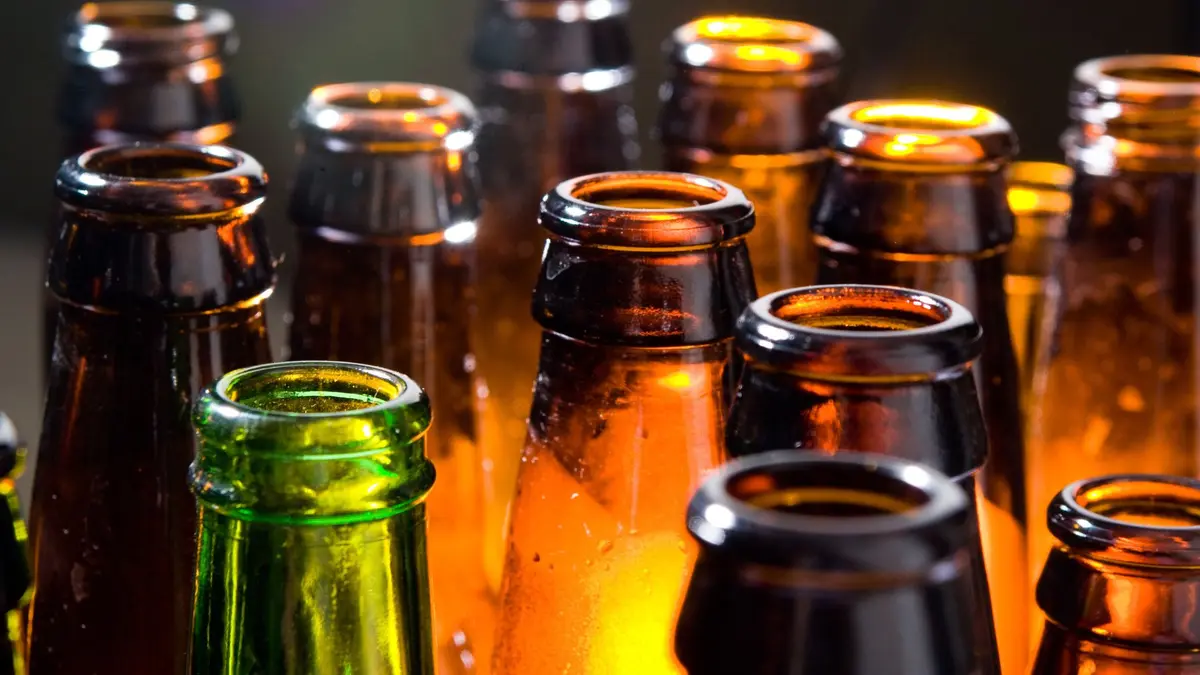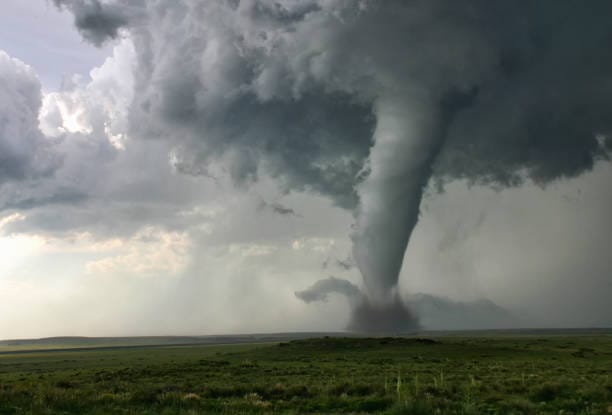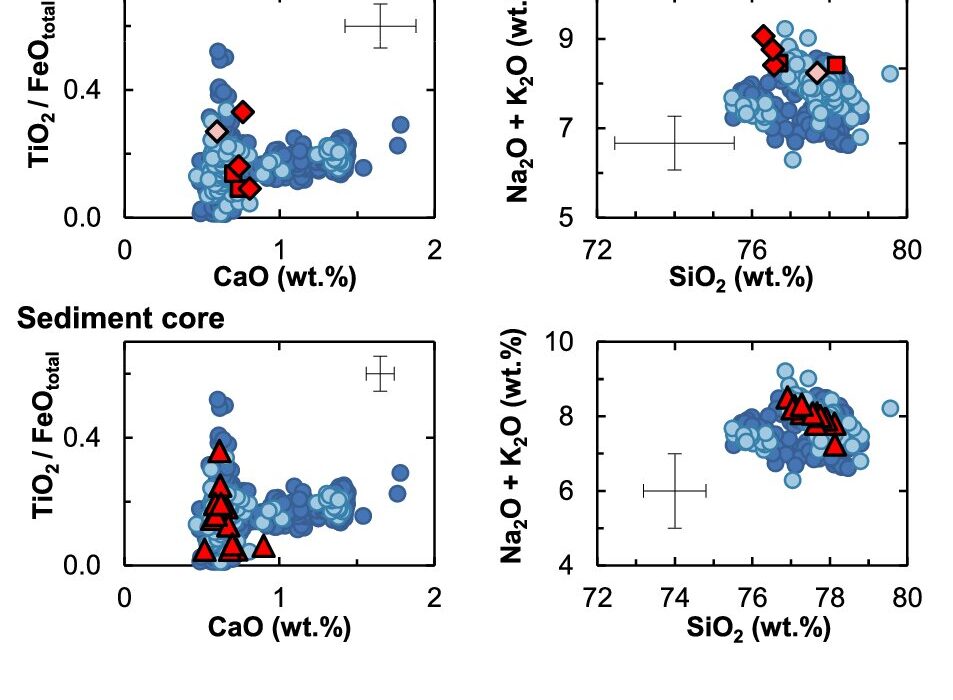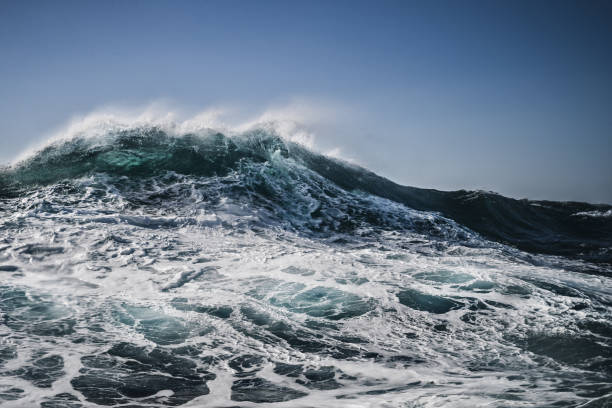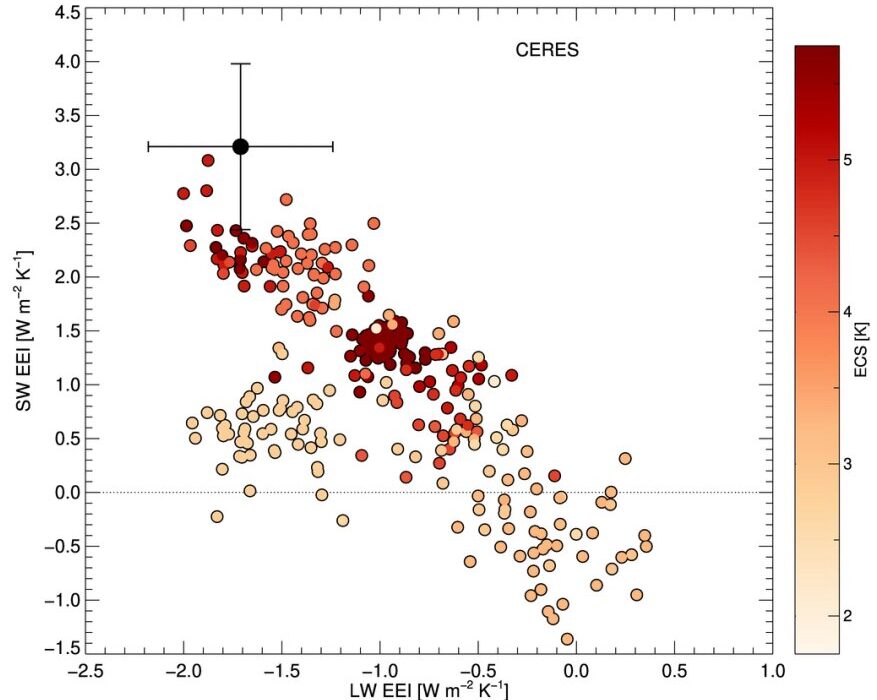In a revelation that upends conventional wisdom, a new French study has found that drinks sold in glass bottles—long considered the gold standard for purity and sustainability—contain significantly more microplastics than those packaged in plastic bottles or aluminum cans.
Yes, you read that right.
The very containers often marketed as premium, health-conscious, and eco-friendly may be releasing five to 50 times more microplastic particles into our beverages, according to research from France’s food safety agency, ANSES, released Friday.
When the Safer Choice Isn’t So Clear
For years, consumers have been encouraged to switch from plastic to glass, both for health and environmental reasons. Plastic has long been villainized for its role in pollution, microplastic contamination, and potential health risks. But the findings from this new study challenge that narrative—and add a complex new layer to the story of microplastics.
“We expected the opposite result,” said Iseline Chaib, a Ph.D. student who helped conduct the study. Like many scientists and consumers, Chaib believed that plastic bottles would leach more plastic particles into drinks than their glass or metal counterparts. But the data told a different story.
On average, researchers found about 100 microplastic particles per liter in beverages like soft drinks, lemonade, iced tea, and beer sold in glass bottles. In stark contrast, plastic bottles and aluminum cans showed far fewer contaminants—sometimes just a few particles per liter.
The Mystery of the Microplastics
So where were these particles coming from?
The answer lay not in the bottle, but in the cap—specifically, the paint coating the outside of the metal caps used to seal glass bottles.
“We then noticed that in the glass, the particles emerging from the samples were the same shape, color and polymer composition—so therefore the same plastic—as the paint on the outside of the caps that seal the glass bottles,” Chaib told AFP.
Those bottle caps, coated with colorful paints and stacked during storage, developed tiny scratches invisible to the naked eye, according to ANSES. The friction between them, along with general handling and transport, caused minuscule flakes of paint—made from synthetic polymers—to slough off and end up in the liquid beneath.
In other words, the paint, not the glass itself, was the unintentional source of pollution.
Plastic in the Air, Plastic in the Blood
Microplastics have become a pervasive global contaminant, and they’re now virtually impossible to avoid. These tiny particles—fragments of plastic less than five millimeters long—have been found in rainwater, Arctic snow, the food we eat, the water we drink, and even human blood.
The implications of this widespread exposure are deeply unsettling, even if the health risks remain uncertain. “We still don’t have clear evidence of toxicity,” said Guillaume Duflos, ANSES’s research director. But the sheer presence of plastic throughout our bodies and ecosystems has triggered a flurry of global research and regulatory concern.
The new study adds another twist: even when we try to avoid plastic by choosing alternatives like glass, we might still be ingesting it—unwittingly and unavoidably.
Some Drinks Are Worse Than Others
The researchers tested a range of beverages sold across France, from bottled water and lemonade to soda, beer, and wine. Their findings revealed significant variability depending on the type of drink—and the type of packaging.
Here’s what they discovered:
- Soft drinks in glass bottles contained about 30 particles per liter
- Lemonade had around 40 particles
- Beer contained 60 microplastic particles per liter
- Glass-bottled water fared better, with 4.5 particles per liter
- Plastic-bottled water had the lowest concentration—only 1.6 particles per liter
- Wine, surprisingly, had few microplastics, even in glass bottles with caps
Why wine appears to escape the fate of other glass-bottled drinks remains unclear. Duflos admitted, “The reason for this discrepancy remains to be explained.”
Cleaning Up the Caps
If there’s a silver lining, it’s this: the contamination may be preventable. ANSES researchers tested a cleaning method involving air-blowing followed by rinsing with water and alcohol. This simple process reduced microplastic contamination by 60%.
This suggests that beverage manufacturers could dramatically reduce microplastic exposure just by changing how they handle and clean their bottle caps.
“This isn’t an unfixable problem,” Duflos said. “With just a few changes to industrial cleaning practices, the number of particles could be significantly lowered.”
A New Chapter in the Plastics Puzzle
The study, published last month in the Journal of Food Composition and Analysis, represents one of the most comprehensive efforts yet to understand how different types of beverage containers contribute to microplastic contamination.
And it may signal the beginning of a paradigm shift. For years, consumers have been nudged toward glass as the cleanest, safest packaging. But as this new research shows, the issue isn’t black and white. “Green” choices aren’t always greener—especially when overlooked manufacturing details turn them into unintended sources of pollution.
This discovery will likely fuel new debates in the fields of food safety, materials science, and environmental health, especially as global agencies scramble to create microplastic regulations and exposure thresholds.
What’s in Your Drink?
For now, there are no official health guidelines on how much microplastic is too much. Unlike bacteria, heavy metals, or pesticides, there is no global standard for what constitutes a “safe” amount of plastic in your beverage.
But the detection of 100 particles per liter in glass-bottled drinks—a number that dwarfs those in plastic bottles—has raised eyebrows. It also underscores the need for more scrutiny, not only of what we drink, but of how we package what we drink.
One thing is certain: microplastics are not just a problem of polluted oceans and litter-strewn landscapes. They’re in our kitchens, on our dinner tables, and now, quite literally, in our cups.
The Invisible Ingredient
While no one is suggesting we should abandon our favorite sparkling water or craft beer, this study serves as a powerful reminder of how deeply plastic has woven itself into modern life—even in places we least expect.
Whether through the air we breathe, the food we eat, or the paint on a bottle cap, plastic is no longer an external contaminant. It is an ingredient in our environment, one that is increasingly hard to ignore.
The challenge for the future will be more than scientific. It will be philosophical and ethical: how do we reconcile convenience, safety, and sustainability in a world saturated with plastic?
Until then, the question remains: what else are we drinking when we raise a glass?
